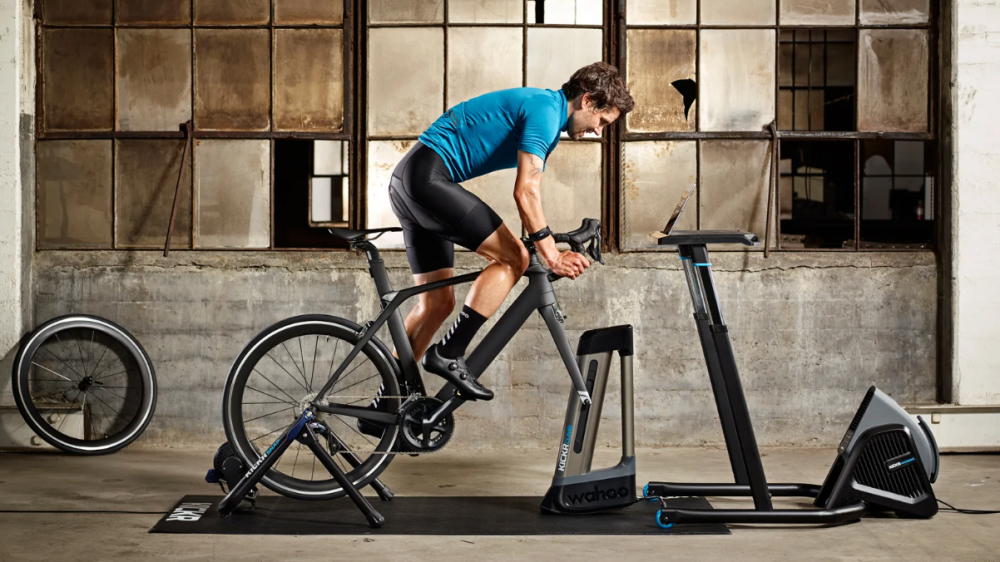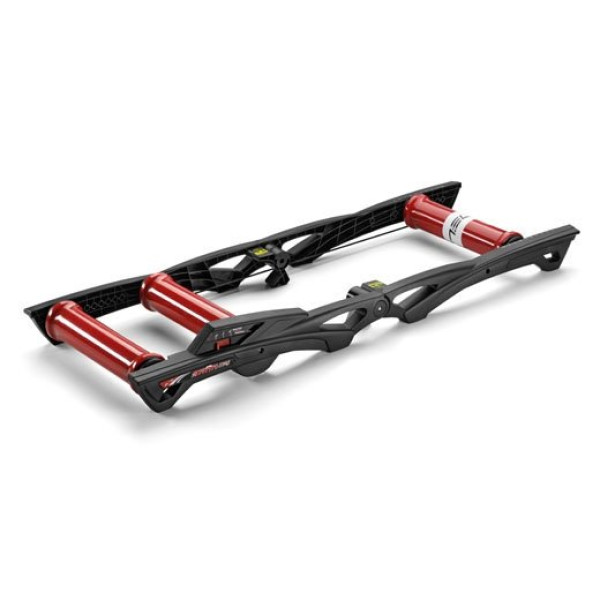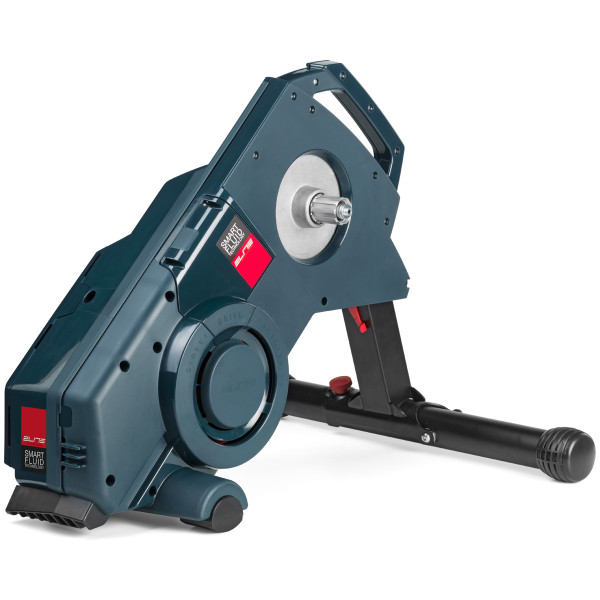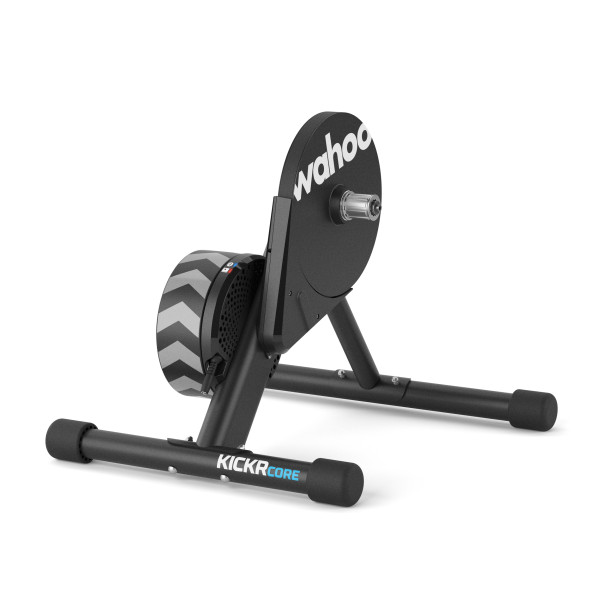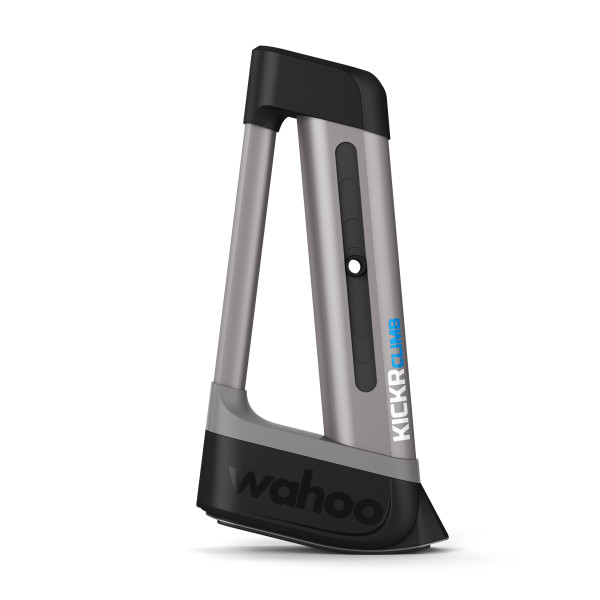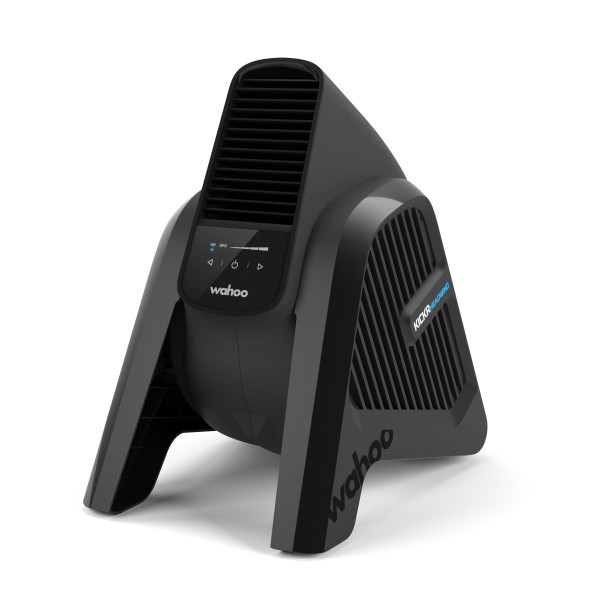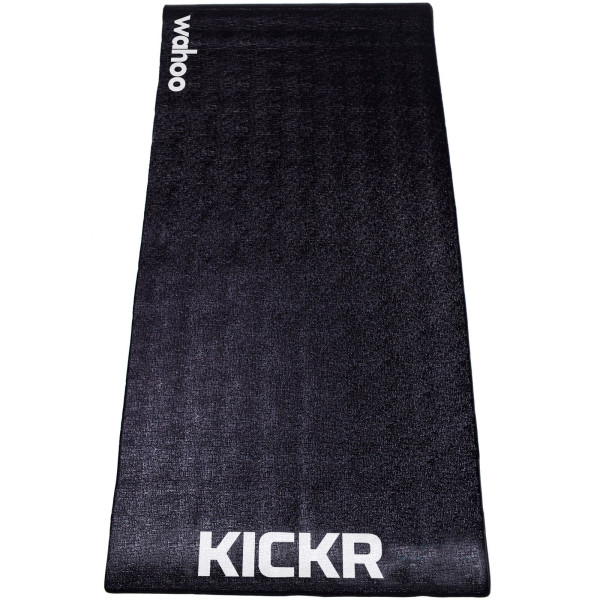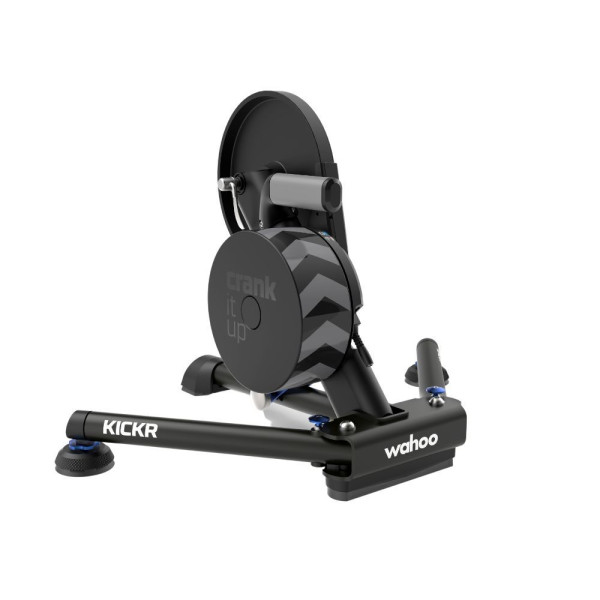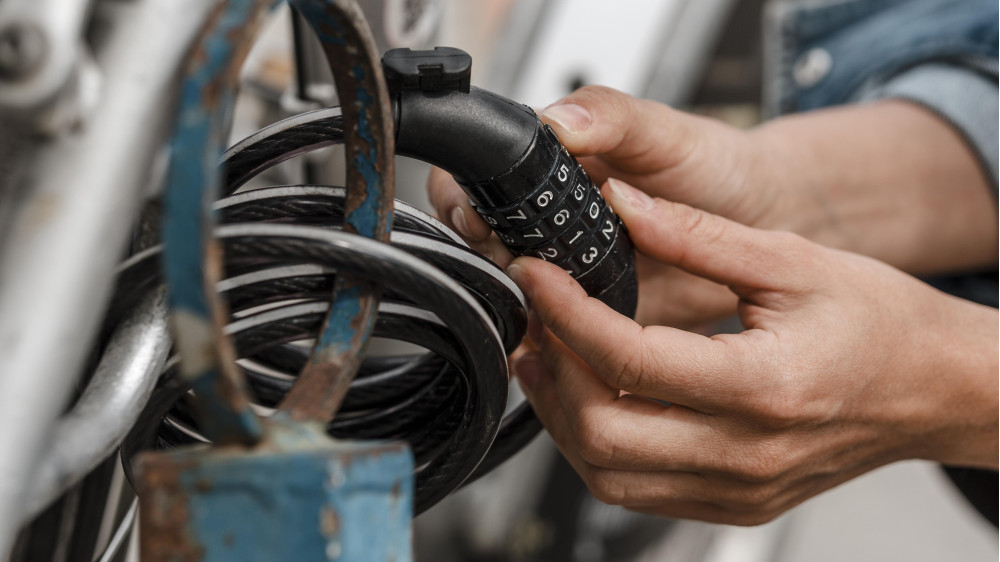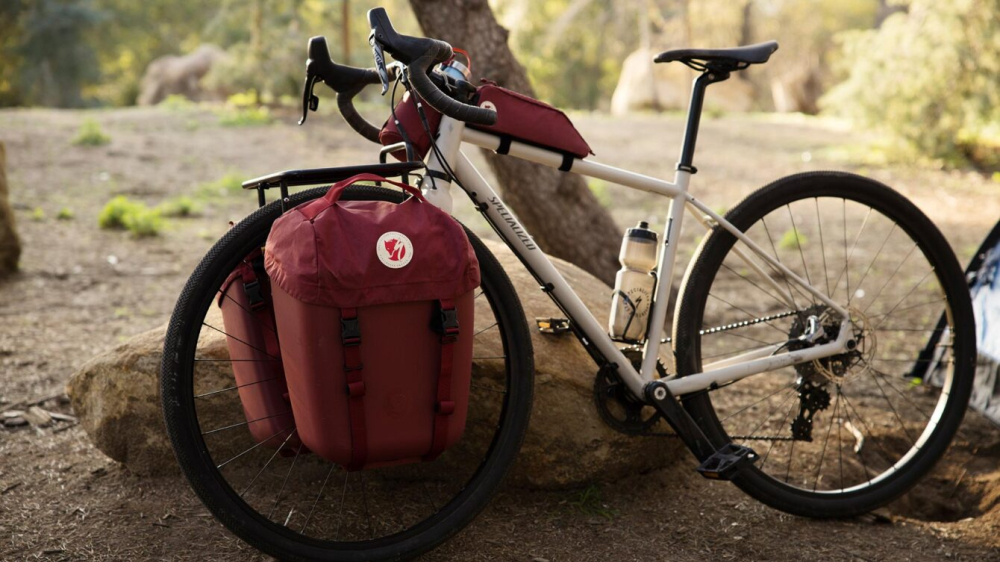Bike trainers are devices that allow you to experience cycling without leaving home. This equipment enables you to ride a stationary bike, making it very convenient for pre-race training or when outdoor conditions are unfavorable.
Why are bike trainers necessary, and what are they for? What are the main types of trainers, how do they differ, and how to choose the right one for you? How are smart technologies applied to home training, making cycling more realistic, enjoyable, and effective? What inconveniences are encountered when using a bike trainer, and how can these be avoided? How to create the ideal cycling environment at home and stay in shape when outdoor cycling is not an option?
Why are Bike Trainers Necessary?
There are many circumstances when outdoor cycling is difficult or even impossible. Bad weather, heavy rain, cold, snow, extreme heat, allergens, dust, pollution, traffic, lack of good roads, early darkness after work hours, needing to stay home, and more.
Even a few days' pause means the body doesn’t get physical activity, adjusts to a different regime, and starts functioning differently. Bike trainers are designed to let you train under any weather conditions and circumstances – if not outside, then at home.
Classic Trainers – Overcoming Resistance
Classic bike trainers work on the principle of fixing the bike, securing the rear wheel, and having the cyclist overcome resistance.
In these trainers, resistance is created by magnets or fluid. Magnetic resistance is continuous and linear, created by pressing the tire. Fluid resistance involves spinning a propeller in a sealed, fluid-filled container – the harder you pedal, the stronger the resistance. Fluid trainers are much quieter than magnetic ones.
In classic trainers, the resistance intensity can be adjusted mechanically, and this is the only parameter that can be changed. These trainers are quite simple – inexpensive, and they don’t take up much space. However, they cause significant wear on the rear tire, and some users report a smell similar to burning rubber from the friction – thus, it is recommended to use a special indoor training tire.
Rollers – Balancing and Overcoming Resistance
Unlike classic trainers where the wheel is fixed, bike rollers operate differently – the bike is placed on freely rotating cylindrical rollers.
With rollers, there’s no way to adjust resistance, but you must maintain balance, providing a different type of workout. With a standard trainer, you won’t notice if your posture changes or your muscles relax – with rollers, any shift in posture is immediately noticeable as the bike will start to slide. Ensure the rollers are on a flat, stable, and non-slip surface for added safety and stability. For information on preventing cyclist injuries, read here.
When using rollers, the bike maintains balance only when you reach a certain intensity. You’ll need to keep pedaling continuously without stopping – another aspect that sets rollers apart from classic trainers. It’s recommended to place rollers in a doorway, near a wall, or with a high chair nearby – you’ll need something to lean on when mounting and dismounting the bike.
With rollers, the tires aren’t under additional pressure and don’t wear out more than usual.
Smart Trainers – For an Authentic Cycling Experience
What sets smart bike trainers apart from regular ones? The key difference is interactivity. With a regular trainer, you just pedal, and the trainer doesn’t respond to your distance, efforts, or progress. A smart trainer remembers your habits, distances, tracks your progress, and reacts accordingly, allowing you to choose virtual environments, ride with a team, or get virtual coach advice.
A smart trainer connects to a computer or phone, where your cycling data is stored and processed. You can track kilometers, speed, calories burned, and improvements since your first ride, set goals, and work systematically to achieve them. You can evaluate your condition with a test ride and get recommendations for your workout intensity and distance. If you’ve used smart devices to track average speed or distance while cycling, these apps can read and use your previous ride data.
Cycling isn’t just pedaling and balancing. It’s an experience – climbs and descents, changing landscapes, and camaraderie with friends. Using a regular trainer, people sometimes feel a disconnect, as their body pedals to move forward, but the brain receives a signal of standing still. To avoid this, you can choose simulated virtual environments – mountains, roads, off-roads, forest trails – the brain reacts to simulated environments as it does to real ones. If you miss company while training at home, smart apps allow you to ride with others – you’ll see representations of other real-time cyclists and their data on the screen.
Popular smart apps include Zwift, TrainerRoads, Elite E Training, Kenitic Fit, Rouvy, Wahoo. Smart technologies aim to track your cycling habits, help formulate and achieve training goals, offer optimal training programs, and make the cycling experience as effective and enjoyable as possible.
KICKR CORE Zwift One Smart has been specially developed by Wahoo for Zwift training, and is equipped with the Wahoo Zwift Click + Zwift Cog smart cassette. The bike is mounted on the Zwift One Smart by removing the rear wheel. The smart cassette makes switching between the rails virtual by using a special button to switch between the rails. This smart cassette can be adapted to other Wahoo trainers: the Wahoo KICKR V6, KICKR CORE and KICKR MOVE.
Another feature valued by those seeking a unique cycling experience is the climb simulator. This device simulates uphill and downhill riding, enhancing the realism of the experience.
Common Problems and How to Avoid Them
Like any device, bike trainers create a small amount of background noise. A special mat for the trainer helps reduce noise and vibrations. The mat is made of special non-slip material, providing additional stability for the trainer. If your neighbors or family members are sensitive to noise, it’s recommended to choose Wahoo trainers, known for their quiet operation.
Using a classic trainer, the bike’s tires wear out faster, so it’s advisable to use special training tires. These are harder and more durable, and they’re also designed to minimize noise.
Another issue unpleasant for cyclists and harmful to the bike is sweat. Outdoors, sweat evaporates quickly, but when using a trainer at home, it accumulates on the body and drips onto the bike. Sweat contains salts that cause corrosion, harmful to metal bike parts. Therefore, it’s recommended to thoroughly wipe down or wash the bike after training – or use special sweat covers for bikes. More about bike maintenance here.
To protect both the bike and yourself from sweat and increase riding comfort, consider a special fan for home training. These fans direct airflow towards the cyclist, increasing with your pedaling intensity. This not only enhances the riding experience but also protects from sweat – both for the bike and yourself.
Bike Trainers – Overcoming Weather and Circumstances
Bike trainers are designed to ensure that neither weather nor specific home, work, or family circumstances stop you. With the right trainer and accessories, you can choose the optimal physical load, set your desired riding environment, and maintain fitness without leaving home.
Indoor cycling can be as enjoyable and fulfilling as outdoor riding, so don’t let circumstances hold you back.
No matter what category your bike belongs to – mountain, gravel/cross, road, hybrid, triathlon, electric, fixed gear – if its wheel size is 26’’-29’’, you can use a bike trainer.
For more on choosing the right bike category, read here.

